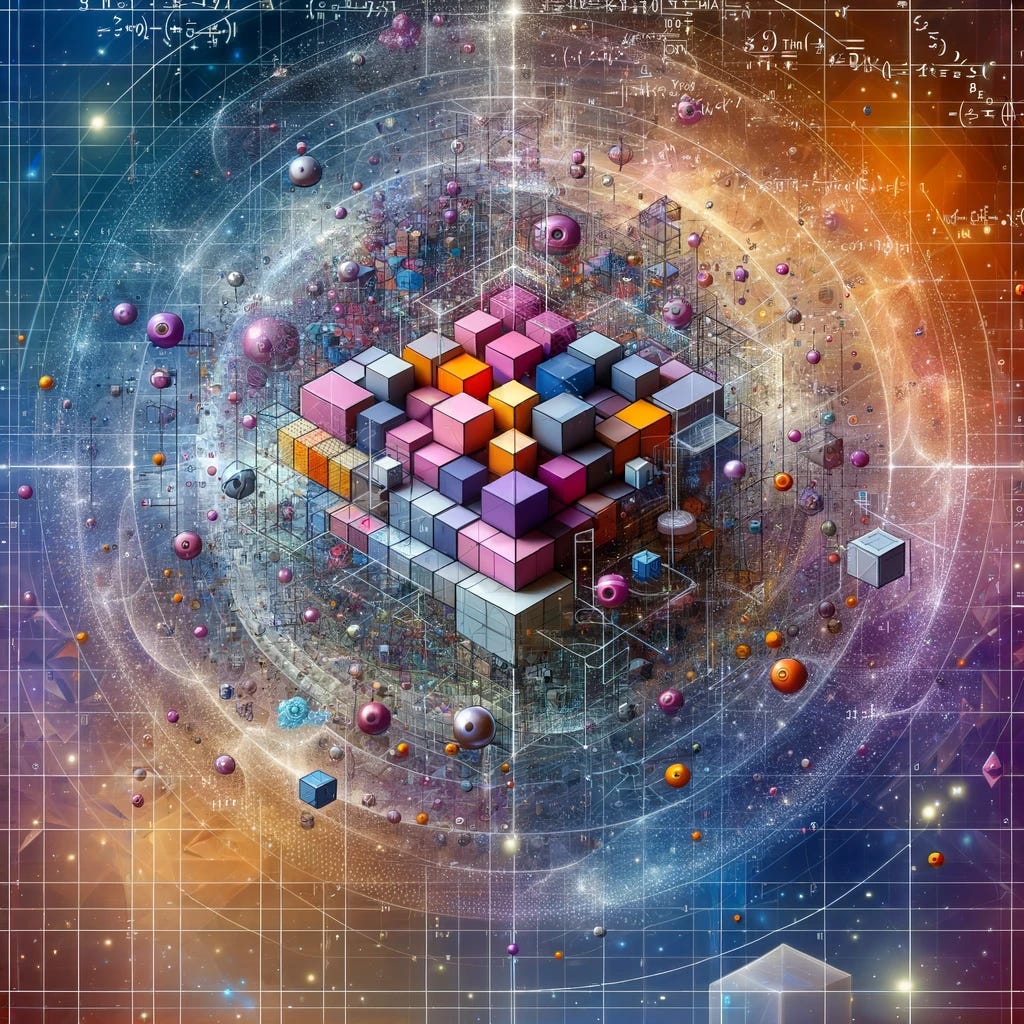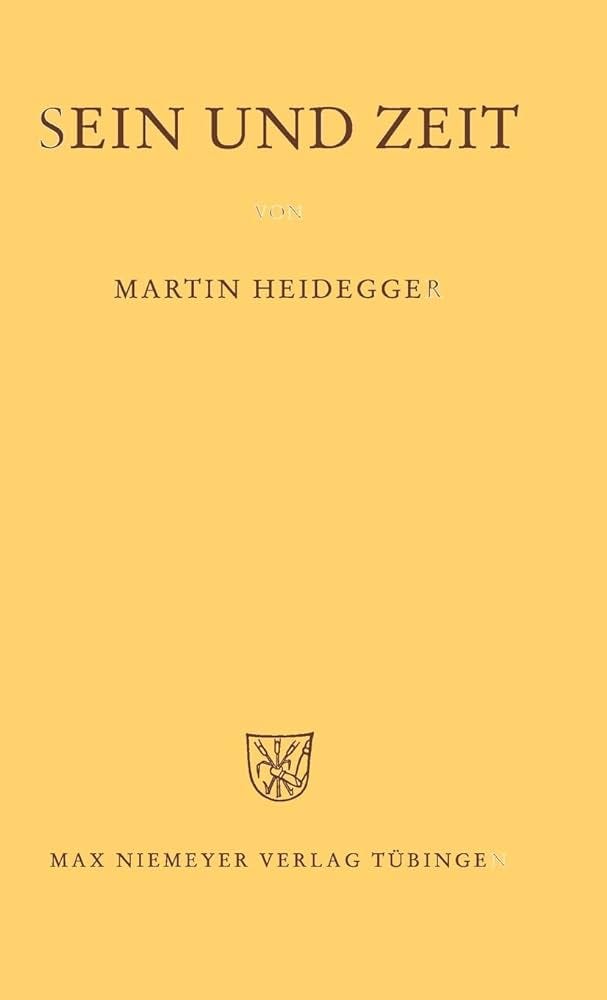Exploring the Frontier of Quantum Computing
Infinite Hilbert Spaces, Qubits, Qudits, and Superqubits
Introduction
The realm of quantum computing represents a significant leap from classical computing, harnessing the peculiar principles of quantum mechanics to process information in profoundly different ways. Central to this paradigm shift are concepts like qubits, qudits, and the more recent notion of superqubits, all operating within the framework of Hilbert spaces.
This article delves into the development of quantum computing through the lens of these concepts, particularly focusing on the implementation of infinite Hilbert spaces and the feasibility of managing such spaces in a computing system.
1. Quantum Computing and Hilbert Spaces
Quantum computing diverges from classical computing by using quantum bits or qubits instead of classical bits. Unlike a classical bit, which can be either 0 or 1, a qubit can exist in a superposition of both states. This is mathematically represented in a Hilbert space, a complex vector space that provides the foundation for quantum mechanics.
Infinite Hilbert Spaces: Traditional quantum computing models consider finite-dimensional Hilbert spaces. However, recent advancements explore the possibility of infinite-dimensional Hilbert spaces, offering an exponentially larger space to encode and process information. This concept is akin to having an infinite set of basis states, as opposed to the limited two (0 and 1) in classical computing.
2. Qubits, Qudits, and Superqubits
Qubits: The basic unit of quantum information, qubits are represented as vectors in a two-dimensional Hilbert space.
Mathematically, a qubit state ∣ψ⟩ can be written as
∣ψ⟩=α∣0⟩+β∣1⟩
where α and β are complex numbers, and ∣0⟩ and ∣1⟩ are the basis states.
Qudits: Extending the concept of qubits, qudits represent quantum states in a
d-dimensional Hilbert space.
A qudit can be in a superposition of d states, offering a richer computational substrate. For instance, a 3-dimensional qudit can be represented as
∣ϕ⟩=γ∣0⟩+δ∣1⟩+ϵ∣2⟩
Superqubits: An even more advanced concept, superqubits operate in spaces beyond the standard quantum mechanics framework, potentially in infinite-dimensional Hilbert spaces. They are theorized to harness even greater computational power, though practical implementation remains a significant challenge.
3. Managing Infinite Spaces in Quantum Computing
The idea of managing infinite-dimensional Hilbert spaces in quantum computing raises both opportunities and challenges:
Mathematical Framework: The mathematics of infinite-dimensional spaces is more complex. Operators in these spaces, essential for quantum computations, require careful definition and handling, particularly when dealing with issues like convergence and normalization.
One approach involves extending the finite representation system to accommodate infinite values. For instance, the concept of "grossones" introduced by Yuri Sergeyev proposes a positional system based on a basic unit called a "grossone" to represent infinite numbers.
Computations with Grossone-Based Infinities
Another approach involves employing specialized algorithms specifically designed for operating on infinite data structures. These algorithms often involve clever techniques like transfinite recursion, which allows computations to proceed indefinitely without ever reaching a final state.
Lazy Evaluation: This is a programming paradigm where the evaluation of expressions is delayed until their values are needed. It allows for the creation of potentially infinite data structures, as only the required parts of the structure are computed at any given time. This is a common feature in functional programming languages like Haskell.
Generators and Iterators: In many programming languages, generators and iterators allow for the creation of sequences that are produced item by item, on demand. While these sequences can be potentially infinite, only one element is computed and stored in memory at a time.
Stream Processing: Stream processing algorithms operate on sequences of data that are conceptually infinite. These algorithms process data elements one at a time, in a serial order, and do not require the entire dataset to be held in memory. This approach is useful in real-time data processing scenarios.
Recursive Algorithms: Some recursive algorithms are designed to work with conceptually infinite structures. For example, algorithms that traverse or manipulate recursive data structures like infinite lists or trees.
Fractal Algorithms: These are used to generate fractals, which are complex patterns that display self-similarity at various scales. Fractal algorithms can generate these patterns to an arbitrary level of detail, which can be conceptually thought of as infinite.
Graph Algorithms in Infinite Graph Theory: There are theoretical algorithms in graph theory that deal with infinite graphs. However, these are mostly of theoretical interest and not used in practical computing due to the limitations of physical hardware.
Symbolic Computation Algorithms: In symbolic computation, algorithms can manipulate mathematical expressions that include symbols representing infinite values or sequences. These are used in systems like Mathematica or Maple.
Co-routines and Concurrency Constructs: These allow for the creation of complex control flows and data streams that can handle ongoing, unbounded sequences of data, often used in concurrent programming.
A third approach involves utilizing unconventional computational models that are inherently equipped to handle infinite values. For example, hypercomputational models, such as those based on ultracomputers or Turing machines with oracles, can theoretically perform computations beyond the limitations of standard Turing machines, allowing them to manipulate infinite data.
Hypercomputation: Towards an extension of the classical notion of computability?
Physical Realization: Implementing systems that can practically manipulate and control infinite-dimensional states is a formidable task. Current quantum computing technology is still grappling with noise and error correction in finite-dimensional systems : bosonic qubits should be a right approach to manage this problem
Analog information decoding of bosonic quantum LDPC codes
Computational Feasibility: While theoretically appealing, the computational feasibility of infinite-dimensional quantum computing is still under investigation.
It involves not only advanced mathematical formulations but also breakthroughs in quantum error correction and system stability but research are ongoing
4. Conclusion
The exploration of infinite Hilbert spaces, along with the development of qubits, qudits, and superqubits, represents a cutting-edge frontier in quantum computing. While the theoretical underpinnings are rich and promising, the practical realization of these concepts is still in its nascent stages. The leap from finite to infinite, from qubits to superqubits, is not just a quantitative one but a qualitative shift that could redefine the boundaries of computational power and efficiency. As research progresses, we may witness a new era of quantum computing, transcending current limitations and unlocking unprecedented computational capabilities.
If we will build Machines that could compute the "infinite" concept, them wil be enable a their conscience such as the Heidegger's Dasein for human beings ?
References
Nielsen, M. A., & Chuang, I. L. (2010). Quantum Computation and Quantum Information.
Preskill, J. (2018). Quantum Computing in the NISQ era and beyond.
Lloyd, S. (2000). Ultimate physical limits to computation.








